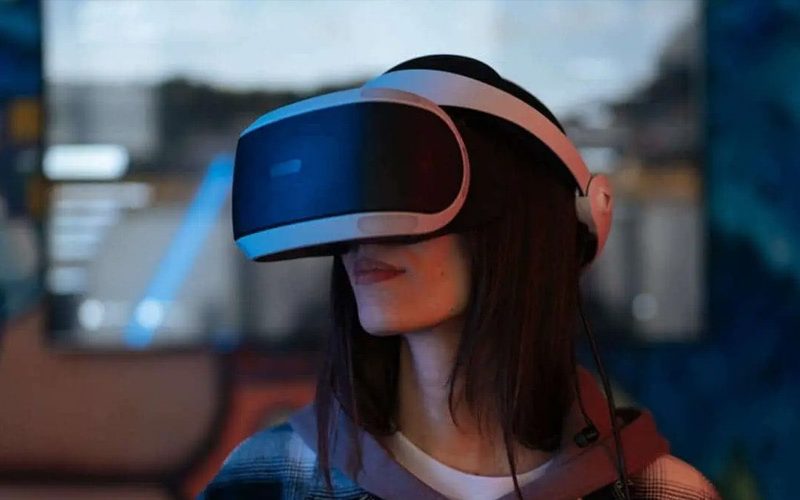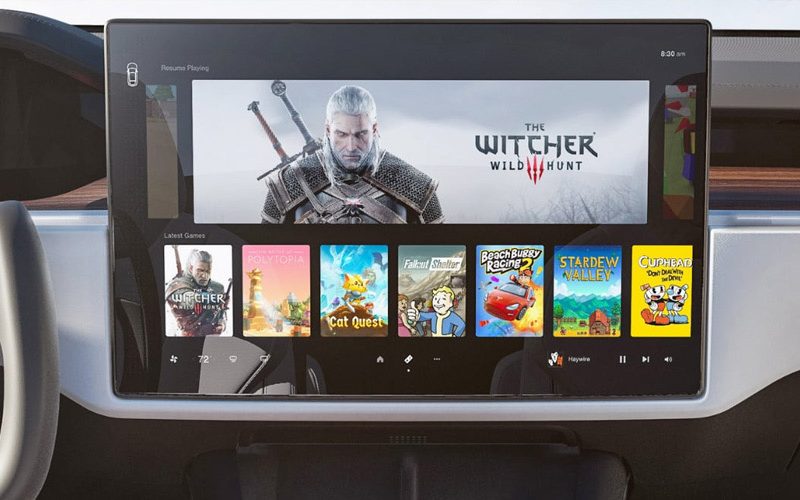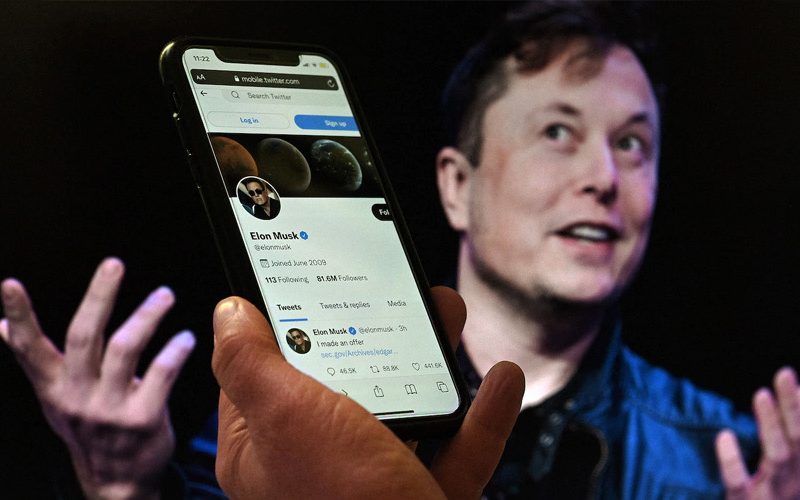Several fresh VR headset prototypes from Meta have been made public, essentially identical to the actual world.
Several fresh VR headset prototypes from Meta have been made public. At a roundtable, Reality Labs’ Michael Abrash and Meta CEO Mark Zuckerberg demonstrated the headset prototypes. Meta Reality Labs displayed the Holocake 2, Butterscotch 2, Starburst, and Mirror Lake designs during the event. The “visual Turing Test,” or more simply the point at which virtual reality is indistinguishable from the actual world, is the benchmark for these VR gadgets.
Read on to find out why you should choose one of our top-rated picks:
- Valve Index: The Valve Index is a fantastic VR headset that, when compared to earlier models, offers a next-generation platform. The CEO claims a considerable improvement and business expansion over the HTC Vive and the operation is considerably more smoothly than the Vive Pro, a potent VR headset that had a lot of trouble living up to its promise of high-end, room-scale VR. The Index Controllers are a significant improvement over the ones that come with the Vive, and the company made sure about its higher resolution screen and greater refresh rate allowed us to use it for longer periods without feeling uncomfortable.
- Oculus Quest 2: There is a business expansion and vast upgrade over the original Quest, and the company has discovered that it was a more responsive experience because of better RAM and processor characteristics, as well as a higher resolution display that is 50% sharper than its predecessor. Nothing compares to the excitement of wire-free VR, according to Meta’s findings. While turning YouTube VR or BigScreen VR into your theatre screen is a wonderful diversion from the chaos of the outer world, games like Robo Recall and Beat Saber should nevertheless wow players.
- HTC Vive Pro 2: The Vive Pro 2, the most recent iteration of the HTC Vive line, has an absurd “5K” resolution (2448×2448 pixels per eye), a 120-degree field of vision, and a fine operation of a 120Hz refresh rate. This is the most realistic and clear display you can find in consumer VR right now, provided you have a strong gaming PC to support it.
- PlayStation VR: Given the significant power gap between the PS4 and PC, the company was surprised by how capable the PlayStation VR was. We haven’t encountered any problems with the responsiveness of its refresh rate or the accuracy of its head tracking. The PlayStation VR game library is very remarkable.
- Oculus Rift S: For early adopters, the good news is that Oculus has made the Rift S fully backward compatible with the original Rift games and, with a few minor exceptions, forward compatible with the great majority of games launched for the Rift S and Oculus Quest.
- Holocake 2: The thinnest VR headset that Meta has launched to date is Holocake 2. Although it has a more conventional appearance than the initial pair, CEO Zuckerberg points out that it is a fully working prototype that can run any VR game while connected to a PC.
- Butterscotch: With “Butterscotch”, you can view the results of an eye exam in virtual reality since it can display images at close to retinal resolution. (Unfortunately, to do that, Reality Labs engineers also had to reduce the Quest 2’s field of view by 50%.)
- Starburst: Starburst is an HDR virtual reality headset that, according to the manufacturer, can replicate the brightness levels observed by the human eye in indoor or nighttime environments. It is one of the first of its type in operation. Its size, which necessitates a wire connecting it to external processing equipment, and its physical shape, which forces users to hold it like a pair of binoculars, make it likewise far too huge.
- Mirror Lake: According to Meta, Mirror Lake is more of a concept design than a working prototype. It will be a combination of all of these technologies into a single, portable device and demonstrate “what a comprehensive, next-gen display system may look like.” It may be many years before Mirror Lake materializes as a wearable device and pass Meta’s visual Turing test, which will again help in the business expansion of the company’s business.
Half Dome: The Half Dome series of prototypes, experiments with varifocal technology to bring down size and weight so headsets are easier on the head and neck. This technology “ensures the focus is correct and enables clear and comfortable vision within arm’s length for extended periods.”







